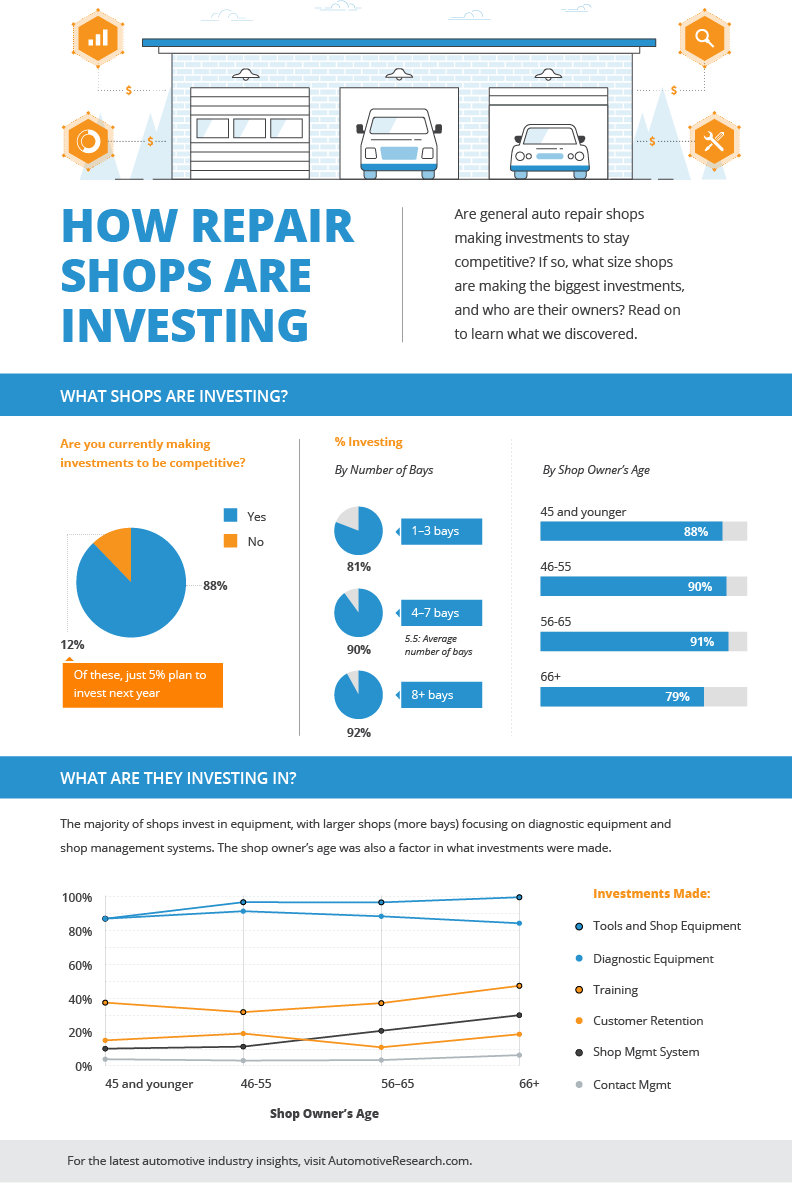Wondering About The Significance Behind Those Control Panel Caution Lights? Gain Insights Right Into Their Ramifications For Your Vehicle'S Safety And Security And Maintenance
Wondering About The Significance Behind Those Control Panel Caution Lights? Gain Insights Right Into Their Ramifications For Your Vehicle'S Safety And Security And Maintenance
Blog Article
https://brakeshops84949.blogdal.com/31623603/uncover-the-essential-actions-to-determining-a-trustworthy-vehicle-repair-shop-that-will-maintain-your-vehicle-s-optimal-efficiency-your-lorry-is-worthy-of-exceptional-service Develop By-Termansen Alvarado
When you lag the wheel, those glowing caution lights on your control panel can be a bit difficult. Do you know what they're attempting to tell you concerning your automobile's health? Understanding the importance of these lights is important for your safety and security and the durability of your automobile. So, the following time one of those lights pops up, would not you wish to understand its message properly and take the needed steps to address it?
Common Caution Lights and Interpretations
Recognize common warning lights in your car and comprehend their meanings to make certain secure driving.
https://www.bankrate.com/loans/auto-loans/tips-to-boost-your-car-trade-in-value/ include the check engine light, which signifies issues with the engine or emissions system. If this light comes on, it's critical to have your car examined quickly.
The oil pressure cautioning light indicates low oil stress, calling for prompt attention to stop engine damage.
A blinking battery light could recommend a faulty billing system, possibly leaving you stranded if not dealt with.
The tire stress tracking system (TPMS) light signals you to reduced tire pressure, influencing automobile stability and fuel performance. Ignoring this could result in unsafe driving problems.
The abdominal muscle light shows a trouble with the anti-lock braking system, compromising your ability to quit swiftly in emergencies.
https://brake-rotors51628.snack-blog.com/31155576/in-depth-interview-ideal-practices-revealed-by-a-specialist-car-detailer but not least, the coolant temperature level cautioning light warns of engine overheating, which can result in serious damage if not fixed promptly.
Understanding these typical caution lights will certainly assist you attend to issues without delay and preserve safe driving conditions.
Relevance of Prompt Focus
Recognizing the common warning lights in your auto is just the primary step; the importance of immediately resolving these warnings can not be stressed sufficient to guarantee your safety and security when traveling.
When a caution light brightens on your control panel, it's your cars and truck's way of connecting a possible concern that requires focus. Ignoring these warnings can bring about a lot more severe issues later on, endangering your safety and security and potentially costing you a lot more out of commission.
Prompt interest to advising lights can avoid breakdowns and crashes. For instance, a flashing check engine light can suggest a misfire that, if left neglected, can create damages to the catalytic converter. Addressing this immediately can conserve you from a pricey repair work.
Likewise, a brake system cautioning light may indicate reduced brake liquid or used brake pads, critical parts for your safety when driving.
DIY Troubleshooting Tips
If you observe a warning light on your dashboard, there are a couple of DIY repairing suggestions you can try prior to seeking professional assistance.
The primary step is to consult your vehicle's guidebook to comprehend what the particular caution light indicates. Sometimes the problem can be as simple as a loosened gas cap causing the check engine light. Tightening up the gas cap may fix the issue.
Another common concern is a low battery, which can activate various warning lights. Examining the battery connections for rust and ensuring they're safe and secure may fix the trouble.
If a caution light continues, you can attempt resetting it by separating the car's battery for a couple of minutes and then reconnecting it. In addition, checking your automobile's fluid degrees, such as oil, coolant, and brake fluid, can assist repair cautioning lights connected to these systems.
Final thought
To conclude, recognizing your vehicle's caution lights is crucial for maintaining your car running smoothly and securely. By immediately dealing with these notifies and recognizing what they suggest, you can avoid expensive repair work and possible breakdowns.
Bear in mind to consult your auto's guidebook for specific details on each alerting light and act accordingly to guarantee a hassle-free driving experience.
Keep informed, stay risk-free on the road!
